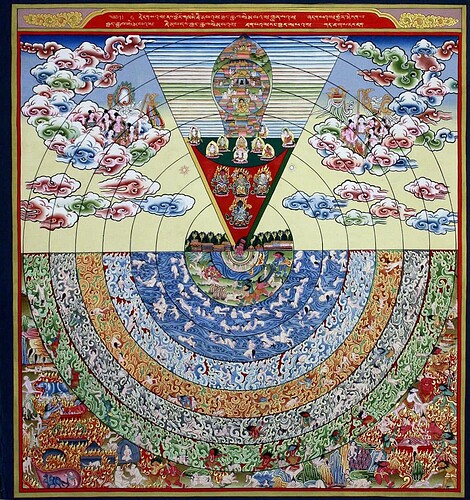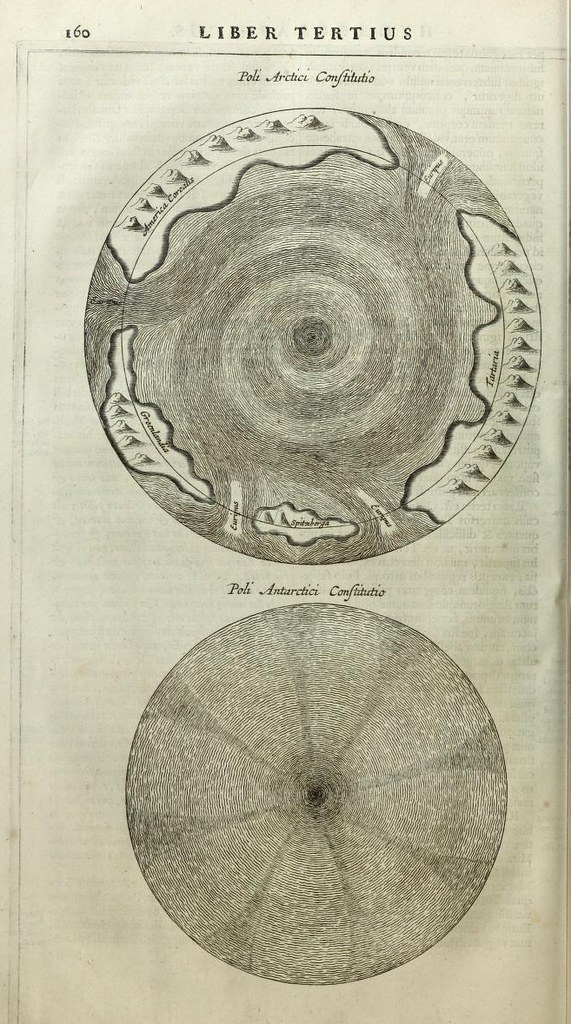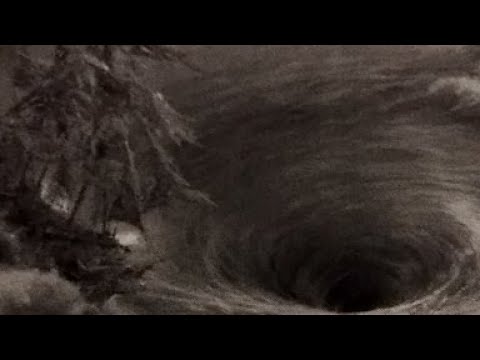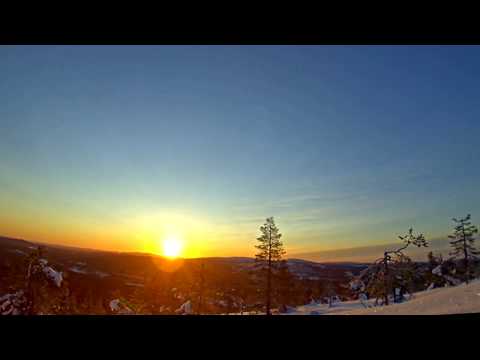List members , the Zorastrian Avesta of ancient Persia (which complements Vedic texts) , documents the actual migration , the EXODUS of the Aryans from the Arctic towards Southern Asia i.e. Indian Subcontinent and Persia etc. , at the height of the ice age...strangely Vedic texts seem to be silent about the migration . However , the simpler explanation for this omission in Vedic texts could be that NOT all of Vedic literature has been preserved/retained...some of it has been lost to posterity - maybe those "missing" Vedic texts are the ones that described the migration itself ! Secondly , migrations that happened long before 10,000 B.C. , can't really be called an invasion , like mainstream Academia does - that would be ABSURD :))
**Humans as a species , were right at the brink of extinction during the ice age , so any humans that migrated from one place to another , were pretty much the only inhabitants of the places they migrated to as well . The Global human population at the height of the ice age may have dropped to just a few hundred thousand...
Mythos 54 – Arctic Airyana Vaejo
Tilak believed that the mythical struggle between light and dark was based on the long nights and long days found north of the Arctic Circle, were the Sun would only rise once a year, and set many months later. He placed this earliest phase of Aryan civilization, in the Inter-Glacial period, before the last Glacial period of the current ice-age:
A people, who had come to worship the powers of Nature as manifestations of divine will and energy, who had a well-developed language of their own, and who had already evolved a legendary literature out of the Arctic conditions of the year in their congenial home near the North Pole, may well be expected to have made a good advance in civilization. But we have at present very few means by which we can ascertain the exact degree of civilization attained by the undivided Aryans in their primitive home. Comparative Philology tells us that primitive Aryans were familiar with the art of spinning and weaving, knew and worked in metals, constructed boats and chariots, founded and lived in cities, carried on buying and selling, and had made considerable progress in agriculture. We also know that important social or political institutions or organizations, as, for instance marriage or the laws of property, prevailed amongst the forefathers of our race in those early days; and linguistic paleontology furnishes us with a long list of the fauna and the flora known to the undivided Aryans. These are important linguistic discoveries, and taking them as they are, they evidently disclose a state of civilization higher than that of the savages of the Neolithic age. But in the light of the Arctic theory we are naturally led to inquire if the culture of the primitive Aryans was confined only to the level disclosed by Comparative Philology, or whether it was of a higher type than the one we can predicate of them simply on linguistic grounds.- Bâl Gangâdhar Tilak (1)
In the reconstructed history Tilak found in the Ṛigveda and Avesta, the Aryan people had migrated south from Arctic Eurasia to escape the ice of the last glacial period, and subsequently settled in new lands in Europe and Central Asia, were the Vedic and Gathic religions changed to deal with the new conditions:
…the Avestic tradition regarding the original home in the far north and its destruction by snow and ice stands by itself, though in the light of the Vedic evidence discussed in the previous chapters, we can now clearly show that it has historical basis and that it preserves for us a distinct reminiscence, howsoever fragmentary, of the ancient Aryan home.- Bâl Gangâdhar Tilak (2)
Tilak believed as some earlier Zend scholars had, that the land listed in the Vendidad were a record of their migration from the Airyana Vaejo to their ultimate home in Central and South Asia. Zend is a Zoroastrian term for the study of the Avesta, which scholars have also used for the past couple centuries.
…with regard to the land mentioned first in the list, there has been a difference of opinion amongst Zend scholars. The Airyana Vaejo is the first created happy land, and the name signifies that it was the birth-land (Vaejo = seed, sans, bija) of the Aryans (Iranians), or the Paradise of the Iranian race. Was this a mythical region or a real country representing the original home of the Aryans, and if it was a real country where was it situated? This is the first question which we have to answer from the evidence contained in the first two Fargards of the Vendidad; and secondly, we have to decide whether the sixteen lands mentioned above were the successive countries occupied by the ancestors of the Iranian race in their migrations from the original home in the north. The Fargard says nothing about migration. It simply mentions that so many lands were created by Ahura Mazda and that in opposition thereto Angra Mainyu, the evil Spirit of the Avesta, created so many different evils and plagues which rendered the lands unfit for human residence. It is inferred from this that the Fargard does not contain an account of successive migrations, but merely gives us a description of the countries known to the ancestors of the Iranians at the time when the Fargards were composed.- Bâl Gangâdhar Tilak (3)
Bunsen and Haug,(4) on the other hand, maintain that the Airyana Vaejo represents the original home of the Iranians in the far north, and the countries mentioned in the Fargard must, therefore, be taken to represent the lands through which the Aryans passed after leaving their ancient home.- Bâl Gangâdhar Tilak (5)
Thus at the beginning of the first Fargard, we are told that the Airyana Vaejo was the first good and happy creation of Ahura Mazda, but Angra Mainyu converted it into a land of ten months winter and two months summer, evidently meaning that at the time when the Fargard was composed it was an icebound land. The winter often months’ duration, therefore, naturally points to a position in the far north, at a great distance beyond the Jaxartes; and it would be unreasonable to ignore this description which is characteristic only of the Arctic regions…- Bâl Gangâdhar Tilak (6)
Regards




